How Chicago Police Respond To DNC Protests Will Impact Reporters' Freedom
Reporters covering DNC protests should be prepared for potential interference or attacks from Chicago police as they try to do their jobs.
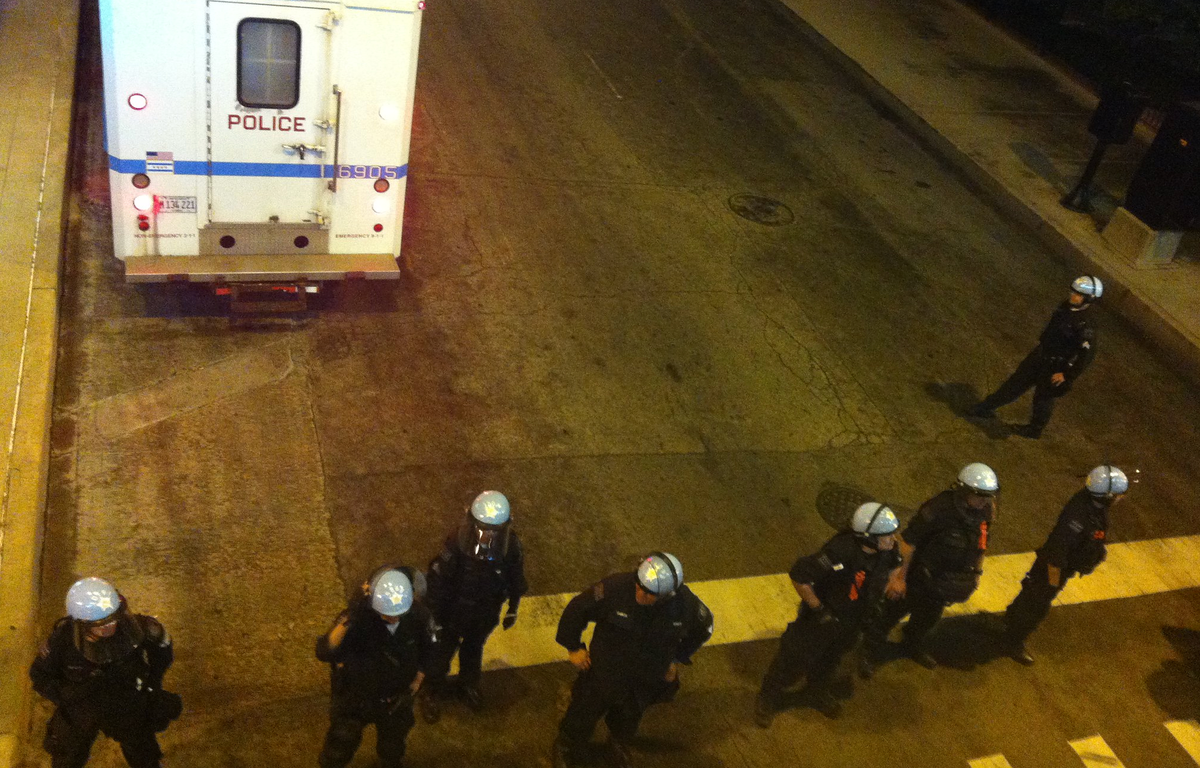
Thanks for reading this article at The Dissenter, which was made possible by paid subscribers. All exclusive articles are available to everyone in August. Become a subscriber with this special offer and support independent journalism on press freedom.
Journalists from all over the United States and the world will be in Chicago next week for the Democratic National Convention (DNC). Many reporters will cover rallies and demonstrations that city residents have organized for months, particularly against Israel’s war on Gaza.
The Chicago Police Department (CPD), which has a substantial record of violating First Amendment rights, is in charge of security, and there has been a documented increase in arrests and assaults of journalists as well as damage to media equipment by police at antiwar protests.
A coalition led by legal organizations like the American Civil Liberties Union of Illinois and National Lawyers Guild Chicago wrote a letter to Chicago Police Superintendent Larry Snelling and Chicago Mayor Brandon Johnson. They demanded that the city respect people’s rights to speech and assembly during the DNC.
“We do not want a repeat of the violence and violations committed by the CPD during the Democratic National Convention of 1968, the anti-Iraq war protest on March 20, 2003, the 2012 NATO summit and throughout the 2020 summer of demonstrations in support of Black lives,” they stated.
The coalition recalled, “During the last eight months, CPD officers have targeted people protesting for a ceasefire and justice in Palestine with violence, verbal harassment, and unnecessary arrests.”
Seth Stern and Jimena Pinzon of the Freedom of the Press Foundation authored an op-ed for the Chicago Sun-Times that urged police to "allow journalists covering DNC protests to do their jobs freely and safely, even if (especially if) things get out of hand.”
Based in the Chicagoland area, I’ll be on the ground throughout next week to chronicle and track the impact that policing has on freedom of the press during the DNC.
Thousands of Chicago police will deploy, along with officers from Milwaukee and various departments in the state of Illinois. Supporting police departments will likely defer to CPD leadership with more experience handling protests.
Snelling has reinforced fears that “outside agitators” will come to Chicago to “destroy” the city. At an August 12 event attended by local business executives and elected officials, he said to widespread applause, “We’re not going to allow you to riot.”
“Protesting and rioting are two different things. The moment that starts we’re going to intervene. I’m not going to wait until it gets out of control and then try to bring it back in,” Snelling insisted.
In other words, the police plan to try to predict whether a peaceful protest may become a riot.
Reporters should worry about instances when police commanders declare an assembly is a “riot,” especially before any violence or criminal act has been committed. Officers will disperse everyone, and press, who exercise their right to record or observe the actions of police in order to inform the public, will likely face attacks or interference.
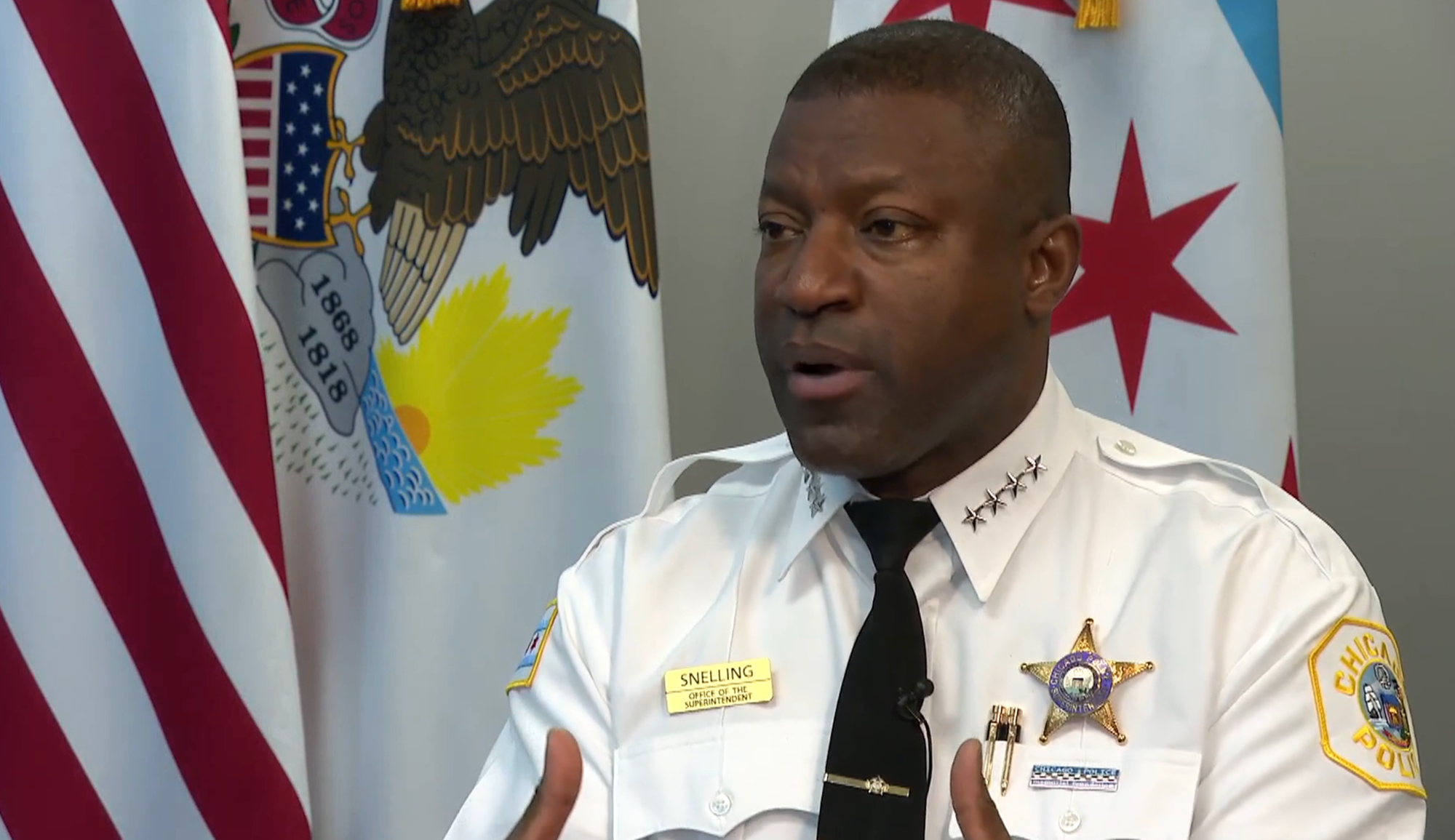
While discussing the planned security response for the DNC, Snelling has invoked the rebellions that unfolded in Chicago in 2020 against policing following the murder of George Floyd by Minneapolis police. His inaccurate characterization paints civil rights protests of the summer with a broad brush, treating them mostly as “riots” without acknowledging the well-known role that the CPD played in sparking violence.
Snelling claims that police are more prepared for mass gatherings than they were in 2020, however, a May 2024 report [PDF] from the City of Chicago’s Office of Inspector General (OIG) found that CPD trainings on “field force operations” and First Amendment considerations still involve “outdated tactics and vague descriptions of the limits against particularly escalatory tactics.”
“Specifically, CPD training materials relied on outdated and inaccurate psychological theories to instruct members that crowds ‘negatively affect’ individual participants, encouraging violent behavior OIG further found that CPD draft policy allows for the use of crowd control tactics which have, both in Chicago and other cities, been used indiscriminately, without distinguishing between peaceful demonstrators and individuals conducting criminal acts.”
According to the OIG, a draft policy lacked “clear limitations on these tactics.” The OIG emphasized, “By both generalizing mass event participants’ capacity for violence while also teaching tactics that may be used indiscriminately against demonstrators and those committing criminal acts alike, CPD’s guidance may contribute to risks of escalating tensions and violations of constitutional rights.”
The Freedom of the Press Foundation's U.S. Press Freedom Tracker recorded several incidents in Chicago during the nationwide uprising. On May 30, 2020, freelance journalist Jonathan Ballew was “sprayed with a chemical agent while reporting on a protest.” Ballew sued the City of Chicago and received a $40,000 settlement on October 23.
Two incidents occurred on August 15, as protests against policing continued. Freelance photographer Dominic Gwinn told the Tracker that an officer tried to tug him off of a flower bed that had a wet concrete surface. After the officer let him go, another officer assaulted him as he tried to take pictures of a woman, who police dragged and arrested.
Independent journalist Raven Geary, according to the Tracker, was subjected to an unauthorized police search of her backpack that same day. Police kettled protesters, making it impossible for them to leave. She was wearing a “black helmet with bright green tape marked ‘press’” and identified herself as press several times. Yet an officer took her backpack and emptied its contents.
Chicago police engaged in attacks on the press in 2020, when there were protests calling for the removal of a Christopher Columbus statue in downtown Chicago’s Grant Park. And police reportedly assaulted the same reporter, Colin Boyle of Block Club Chicago, again when he was reporting on protests after Chicago police killed a 13 year-old Latino American boy named Adam Toledo.
Finally, Snelling is fond of holding up the NATO summit in May 2012 as an example of how the police can appropriately respond to protests. But as I reported, the police and local media manufactured this consensus and ignored the extent to which the city suppressed freedom of speech, denied permits for marches, and passed restrictive ordinances to make assemblies more difficult.
Chicago police also used an informant to entrap three activists (the "NATO 3"), who were charged and later acquitted of state terrorism offenses. They were disappeared and taken to the Homan Square black site that police operated in violation of arrestees' constitutional rights.
The warnings of activists, attorneys, and legal organizations in Chicago, who remember this history all too well, reasonably demand that the city of Chicago stop systematic violations of rights from occurring again. And if or when police trample on the First Amendment, there will be protesters and members of the press from all over the U.S. to challenge their actions.
Send any information related to journalist arrests or harassment during the DNC to newsletter@thedissenter.org.

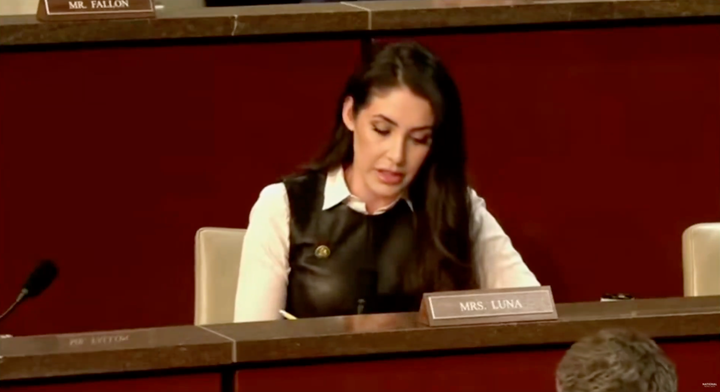
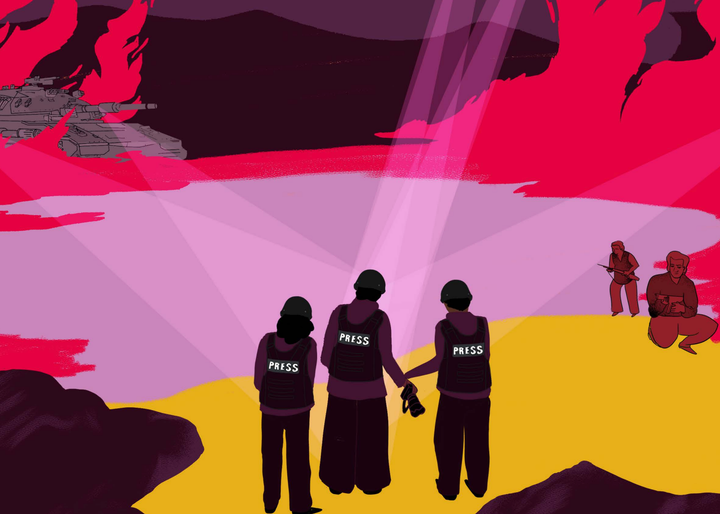
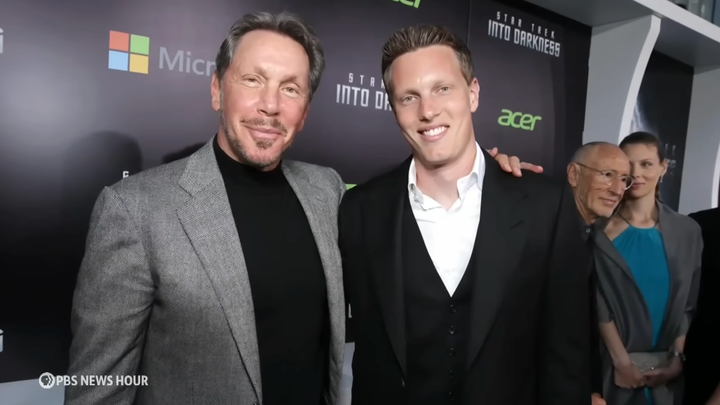
Comments ()